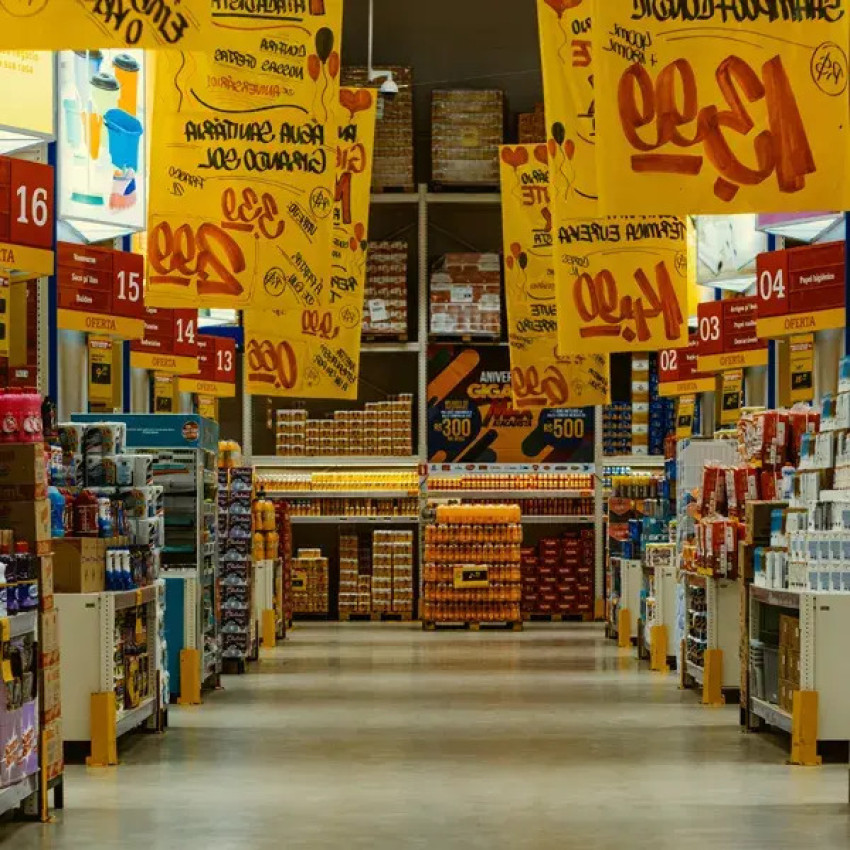
Point of purchase (POP) displays are used by marketers and retailer to entice customers. Point-of-Purchase advertising is a type of advertising in a retail environment that is intended to persuade a customer to buy a product or service.
POP is a retail store ad or marketing material put near products to promote them. The POP display showcases the item on sale while also attracting customer attention. Department stores, specialty stores, discount stores, general merchants, and other segments of the retail business understand how effective and impactful this wonderful marketing tool can be.POP reinforces advertising and marketing messaging, such as brand benefits, packaging designs, and unique selling propositions into the potential customers.
Five Advantage of Point of Purchase Advertising
- Well-placed POP displays brings more attention to your products - The most successful location for POP displays is at an endcap, where they capture 44% of passing eyes. A well-designed point of purchase display can attract visitors' attention from across the store using a unique option (such as a perfume-bottle-shaped kiosk), vibrant colors, and built-in lighting. A solid POP design will drive people where you need it, whether you're presenting a new product or have a surplus item to unload.
- Customers use point-of-purchase displays to make purchasing decisions- As mentioned earlier, POP designs stimulate impulse purchases or purchases made on the spur of the moment. Someone may enter a cellular retailer "simply for a phone," only to leave with a phone, phone case, car charger, and a new pair of headphones. Such things were most likely prominently displayed at the checkout, reminding you that your new phone needs additional accessories. But, POP screens are also useful for answering client questions about a product. Instead of searching for a sales associate who may or may not be knowledgeable about the item, a POP display may provide all of the relevant information a consumer requires to be confident they are making an informed purchase.
- POP displays can help you increase your profits - One significant advantage of POP displays is that they frequently outperform other advertising and promotional methods. Furthermore, compared to redesigning a complete promotional or advertising campaign, POP displays may be readily altered to fit the ever-changing expectations and shopping patterns of customers.
- POP displays provide a unique, customized buying experience - Touchscreen displays, video, audio, lighting, and even aroma engage shoppers through interactive point-of-purchase displays. The more senses you can stimulate, the more probable it is that you will make a sale. By having samples of the product available for them to try or by using an interactive touchscreen, customers can discover all of your product's applications, benefits, and options.
- POP displays use colour to promote marketing - Knowing the psychology of colour is a terrific strategy to strengthen your marketing. Orange, for example, conveys adventure and is ideal for use in a call to action for camping gear. Blue, on the other hand, evokes feelings of security and confidence. Including that hue into a product warranty or certification might increase customer trust in the product's dependability.
Successful POP advertising:
- Attracts the attention of customers and addresses their most often asked queries and concerns
- Enables selected products to be highlighted in your store
- Encourages and increases sales
- Provides fascinating product information and perks
- Promotes branding through signage, lighting, and design; creates a unified aesthetic throughout the store while still emphasizing unique products
Point of purchase advertising is an excellent technique to spread the word about deals and promotions. The more impressions you can create on a shopper in-store, the more probable it is that they will seek out your product.



